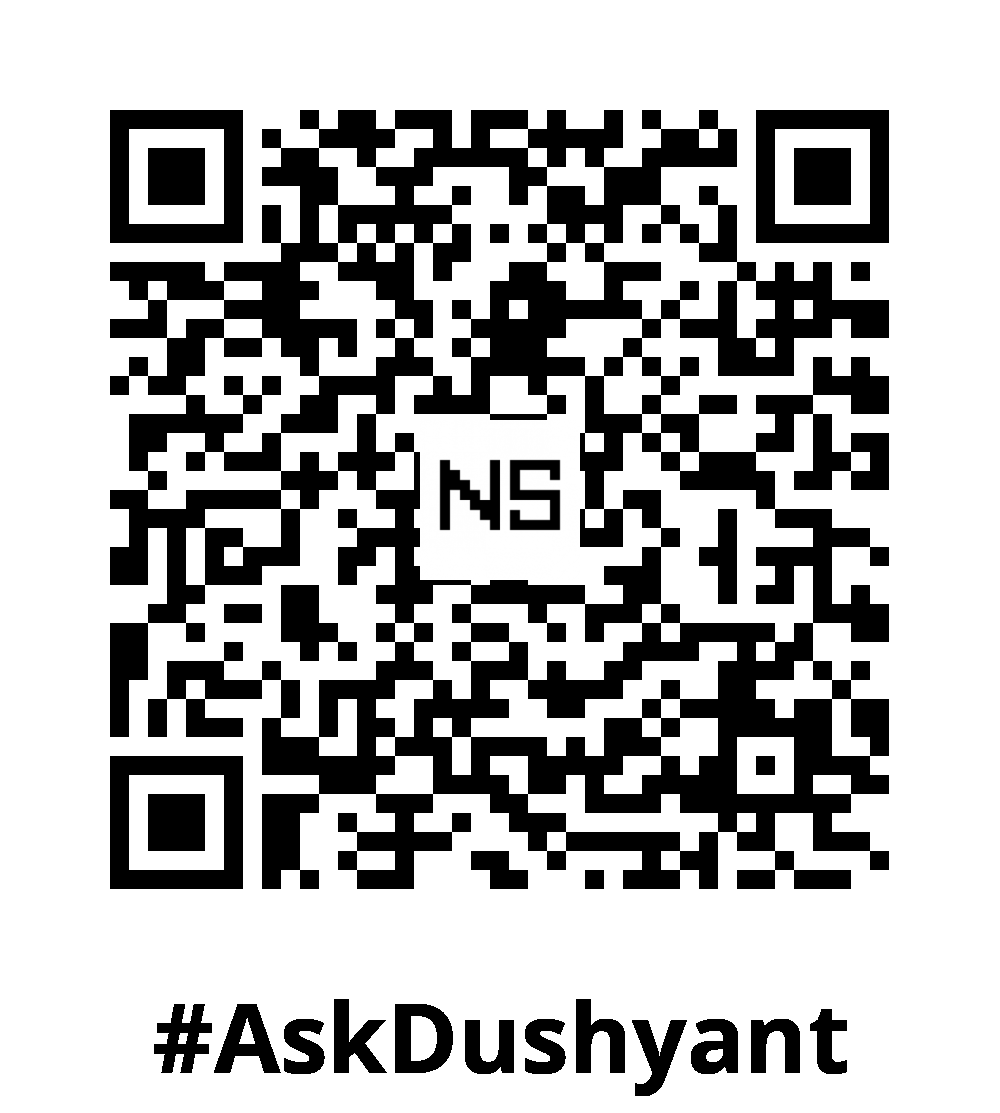In both personal and professional life, decision-making plays a pivotal role in determining outcomes and shaping our future. Making effective decisions is a skill that can be honed and improved through various techniques and approaches. In my own journey, I initially lacked knowledge about various decision-making techniques. However, as I sought training and encountered diverse situations, I gradually developed the ability to make better and more informed decisions. Through my experiences, I discovered the transformative impact on outcomes with better understanding and applying different decision-making techniques. This expert post, is about different decision-making techniques, my learning experience, and highlight the importance of choosing the right technique based on the specific scenario.
Decision making techniques widely used are
- Rational Decision Making:
Rational decision making is a logical approach that involves gathering relevant information, assessing alternatives, and selecting the most suitable option based on a careful evaluation of potential outcomes. For instance, when considering a new software vendor, a project manager may analyze features, pricing, customer reviews, and long-term compatibility to make an informed decision. - Intuitive Decision Making:
Intuitive decision making relies on gut feelings, instincts, and past experiences to guide the decision-making process. This technique is often used when faced with time constraints or when dealing with familiar situations. For example, a seasoned salesperson may rely on intuition to negotiate a deal based on their years of industry experience. - Analytical Decision Making:
Analytical decision making involves using data analysis, statistical models, and quantitative techniques to inform decisions. This approach requires gathering and analyzing relevant data, identifying patterns, and drawing conclusions. An example of analytical decision making is conducting market research and analyzing customer demographics to determine target markets for a new product launch. - Collaborative Decision Making:
Collaborative decision making involves involving multiple stakeholders or team members in the decision-making process. This technique promotes diverse perspectives, encourages brainstorming, and fosters consensus. A team leader may use collaborative decision making to decide on project timelines, resource allocation, or process improvements by involving team members in the decision-making process. - Heuristic Decision Making:
Heuristic decision making involves using mental shortcuts, rules of thumb, text book knowledge, rule book or simplified strategies to make decisions quickly. This technique is useful when faced with complex or ambiguous situations where a quick decision is required. For instance, a firefighter may use a heuristic decision-making process to assess risks and take immediate action during an emergency situation.
Initially, When I faced complex decisions without prior knowledge, I often relied on intuitive decision making. While this approach had its merits, I realized that it was not always sufficient for critical choices with long-term implications. It was during a pivotal moment when I recognized the need to expand my decision-making toolkit.
Investing time in learning rational decision-making techniques opened up a world of possibilities. Gathering relevant information, analyzing alternatives, and carefully evaluating potential outcomes allowed me to make more logical and calculated decisions. I was able to weigh pros and cons, consider risks and benefits, and make choices aligned with my financial goals and values.
As I furthered my training, I delved into analytical decision making, embracing data-driven approaches to guide my decision-making process. This involved harnessing the power of data analysis, statistical models, and quantitative techniques to gain deeper insights and make well-informed decisions. By employing this technique, I experienced greater confidence and clarity in my choices professionally.
Moreover, I discovered the significance of collaborative decision making. By involving stakeholders and seeking diverse perspectives, I tapped into a collective intelligence that enriched the decision-making process. Collaborative decision making fostered a sense of ownership among team members and led to more comprehensive and inclusive outcomes during my entrepreneur journey.
Throughout my journey, I also recognized the value of heuristic decision making in time-sensitive situations. These mental shortcuts and simplified strategies allowed me to make swift decisions when immediate action was required. Although not always applicable to complex scenarios, heuristic techniques provided valuable solutions in specific contexts.
My growth in decision making is a testament to the power of continuous learning and practical application. As I gained knowledge and experience, I became better equipped to navigate a variety of situations and make sound judgments. Today, I can confidently say that incorporating diverse decision-making techniques has significantly enhanced my ability to take better and informed decisions.
Choosing the Right Technique
The choice of decision-making technique depends on several factors, including the nature of the decision, available resources, time constraints, and the level of complexity. There is no one-size-fits-all approach, and different techniques may be more suitable for different scenarios.
For complex and strategic decisions involving significant consequences, rational or analytical decision-making techniques are often preferred. When time is of the essence, intuitive or heuristic decision-making techniques can provide quick solutions. Collaborative decision-making techniques are valuable when multiple perspectives and buy-in from stakeholders are crucial.
My Expert Advice: Effective decision making is essential for personal and professional success. By exploring and understanding different decision-making techniques, we can enhance our ability to make informed choices. Remember, the choice of technique depends on the specific scenario, and the right decision-making approach will lead to more favorable outcomes. By adopting the power of decision making toolkit, you can empower yourself to achieve desired results in every aspect of life.
#AskDushyant


Leave a Reply